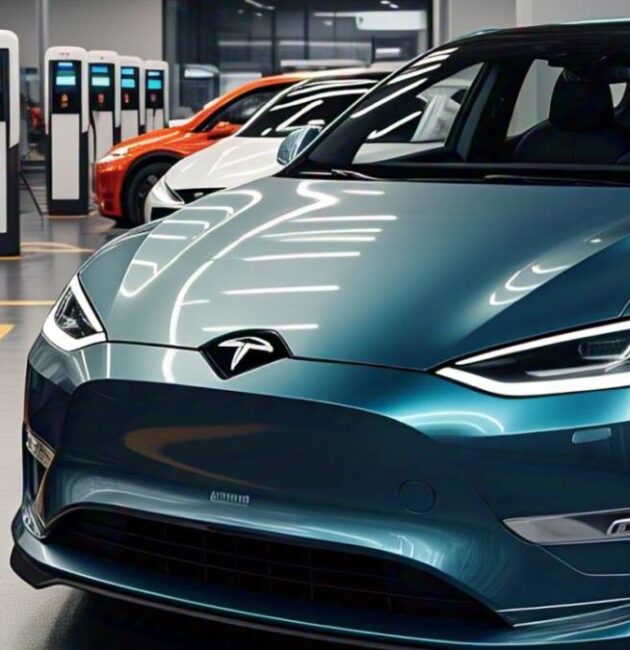India’s electric vehicle (EV) manufacturing sector has been on an impressive growth trajectory over the past five years, signaling the country’s accelerating shift towards sustainable mobility. From passenger cars to commercial fleets and two-wheelers, the production of EVs has witnessed exponential growth across all categories, driven by government initiatives, rising environmental awareness, technological advancements, and growing consumer demand.
Key Highlights
Passenger Vehicles:
The production of electric passenger vehicles saw a dramatic rise, growing from just 3.3 thousand units in FY 2019-20 to 92.17 thousand units in FY 2023-24—an almost 28-fold increase. This growth is driven by increased consumer acceptance, the entry of major auto manufacturers into the EV space, and government subsidies encouraging EV ownership.
Commercial Vehicles:
Though starting from a lower base, the commercial EV segment has expanded steadily, rising from 0.53 thousand units to 8.66 thousand units over the same period. Growth in this category is fueled by the electrification of delivery and logistics fleets, as well as public transport systems in urban centers.
Three-Wheelers:
Known for early adoption of electrification, electric three-wheelers have maintained consistent growth. Production numbers jumped from 143.83 thousand units in FY 2019-20 to 632.78 thousand units in FY 2023-24. The sector benefits greatly from cost-effective models catering to last-mile connectivity and intra-city transport.
Two-Wheelers:
The two-wheeler segment stands out as the fastest-growing and most dynamic. Production skyrocketed from 26.84 thousand units in FY 2019-20 to 948.42 thousand units in FY 2023-24—a staggering 35-fold increase. Rising fuel prices, enhanced battery efficiency, and increased availability of charging infrastructure are key contributors to this surge.
Driving Factors Behind the Boom
Several factors have collectively catalyzed this rapid growth:
- Government Initiatives: Programs such as the FAME-II scheme and state-level subsidies have made EVs more affordable.
- Policy Push: The rollout of the Production-Linked Incentive (PLI) scheme has encouraged local manufacturing.
- Technological Advancements: Improvements in battery technology and vehicle design have enhanced performance and range.
- Environmental Goals: India’s commitment to reducing carbon emissions and achieving net-zero targets by 2070 has created a favorable environment for EV adoption.
- Private Sector Participation: Increased investment from start-ups, traditional automakers, and global players has further expanded the market.
The Road Ahead
With India setting ambitious goals for electrification, the current production trends indicate the country is well on its way to becoming a major hub for electric vehicle manufacturing. Industry analysts suggest that if this momentum continues, India could soon rival leading EV-producing nations, contributing significantly to global efforts toward cleaner, greener transportation.
Topic “Electric Vehicles” is important for
Topic is important for: UPSC Civil Services Exam (IAS, IPS, IFS) Prelims (General Studies Paper I) where you can find questions related to government schemes like FAME-II, EV policies, sustainable development, and technological advancements. Essay-type questions in Mains (General Studies Papers III & II) on India’s EV policy, climate change, environmental conservation, Make in India initiative, etc. Apart from these the topic is important for SSC Exams (CGL, CHSL, etc.), RBI Grade B & Other Banking Exams, Environment & Forest Service Exams, etc.




